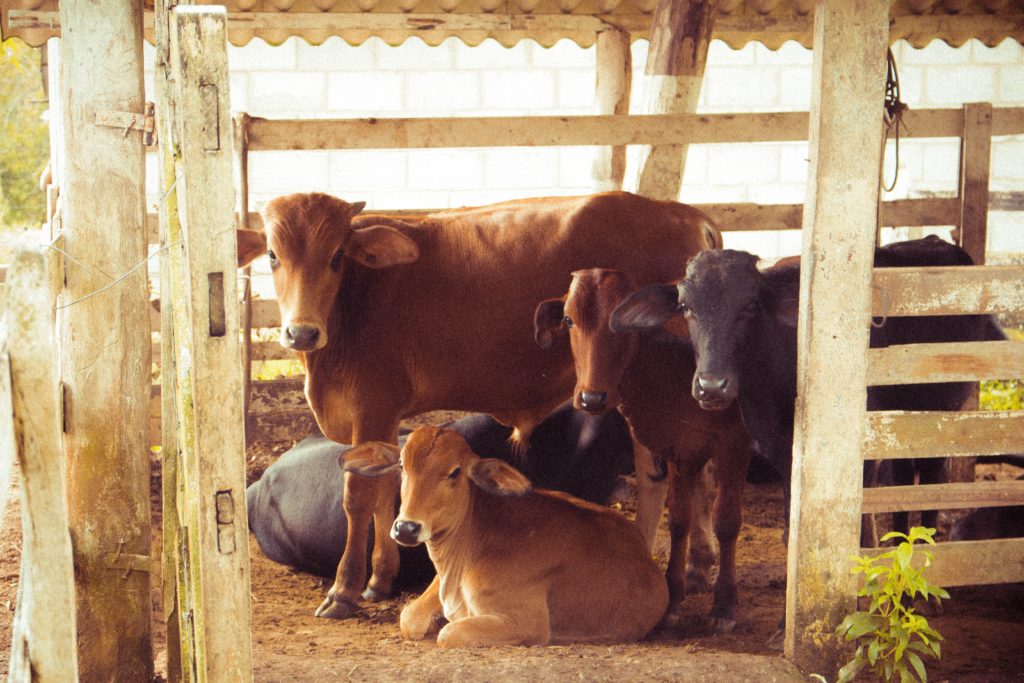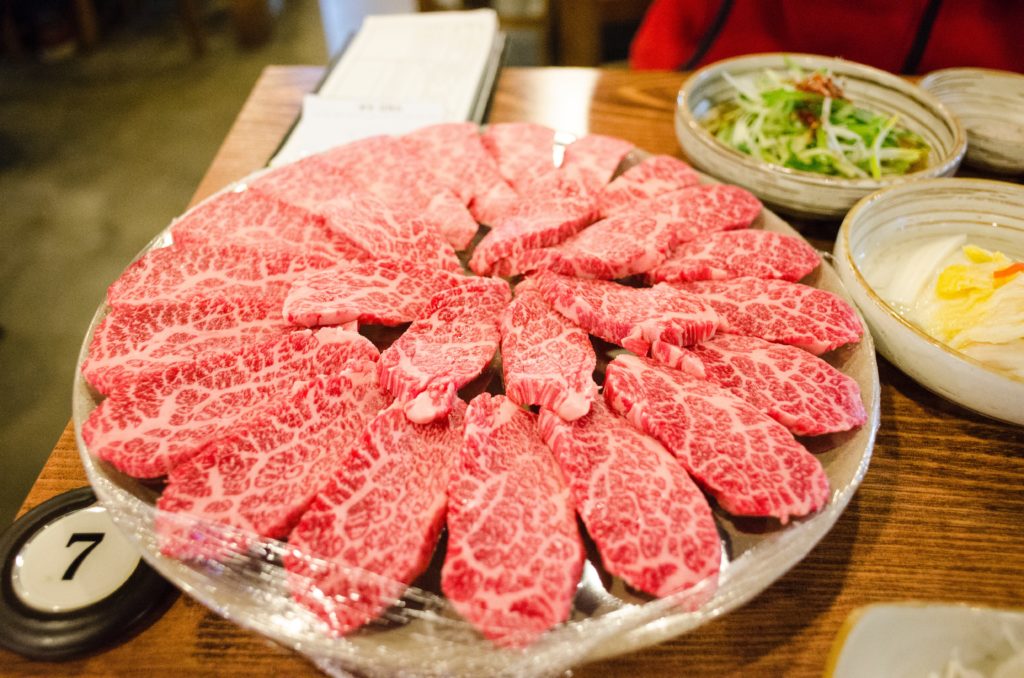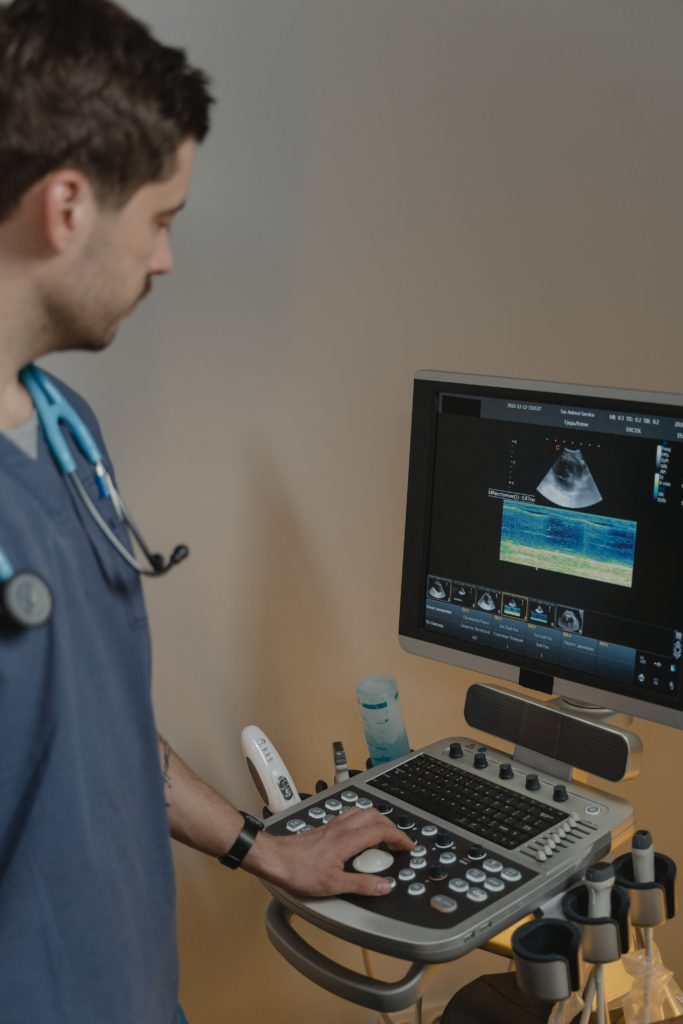
Ultrasound in agriculture
What is ultrasound?
An electronic instrument that sends out sound waves from a transducer. The waves pass through fluid and reflects to the probe once in contact with muscle or bone. It produces an image that will identify the relevant parts of an animal’s carcass.
What is ultrasound used for in Agriculture?
Ultrasound may be used to determine body fat content for food quality and cattle reproduction. Veterinarians use it as a diagnostic tool for medicine and pregnancy related agricultural purposes.
Meat Industry
This type of intervention is seen as crucial to the industry and is seen as a necessity to secure food quality and genetic excellence.

Cattle Farming
Real Time Scanning:
You need scanner linked to a laptop that records the images and you then send it to be analysed. By doing this you will then be able to get a score that determines the fat content of the trade measurements. It gets measured in square millimetres.
Food Quality:
Ultrasound is used for obtaining carcass composition trades, genetic selection and to see if a heard meets market requirement.
Carcass composition trade measurements:
*Rump fat measurement
*Rib fat measurement
*Eye muscle area fat measurement
Steak:
*Inter muscular fat measurement for marbling
All these traits are economically important because it determines overall meat quality. It will secure lean yield and carcass/meat quality. If you use these measurements for genetic improvement, you will make genetic improvement. This is seen as a powerful tool for genetic selection.
As the fat measurement in carcass increases, the % meat decrease. Your net income will decrease. Production cost will increase.
Wagyu:
Wagyu beef is one of the most expensive meats in the world so if you breed for wagyu you can generate up to 40 times your average price per kg of meat.

What is so special about wagyu?
Wagyu are bred from legendary Japanese wagyu bloodlines. Producers must follow strict guidelines to naturally raising the cattle. They are fed slowly to promote marbled beef and are fed a vegetarian diet. No growth hormones are fed to these cattle. The meat is extremely tasty, and the marbling refers to the fat content. Marbling can be measured by ultrasound. Hence it plays an important role in wagyu production.
Accuracy for fat measurement:
If you use ultrasound, you will increase the heard quality, but the fat measurement is not 100% accurate. The accredited scanner needs to be serviced to make sure it’s accurate. Breading values will be calculated according to your scanner. If you want a 100% accurate scan you need to kill the animal and dissect it and then scan each section.

Effectiveness of the portable Ultrasound device
If you speak to a dairy farmer, they will testify to the time this device saves. Your first ultrasound takes place 28 days after breeding, and this makes the diagnosis of pregnancy much faster. This helps the producer to find open cows sooner and not waist time on the pregnant cows. It also helps to detect early- stage pregnancy and reproductive abnormalities.
The portable scanners bring the veterinarian to the dairy and that reduces the workload of the farmer immensely. The cows are also less stressed when not taken out of their environment. You can easily tell which cows are not fit for breading. This knowledge alone saves a farm up to 15 non-productive days per cow per year. This device is battery operated and makes it easy to operate in times of electricity outages.
Ultrasound’s importance in reproduction
Variations within breeds is substantial, therefore combining artificial insemination and ultrasound, you can optimize maternal and carcass traits. First-calf heifers are more prone to calving problems. Having an approximate date for calving makes is easier to observe and that decreases the risk factor.
Trance-rectal ultrasonography will continue to play a major role in successful reproductive management of cattle herds and agriculture in general.
